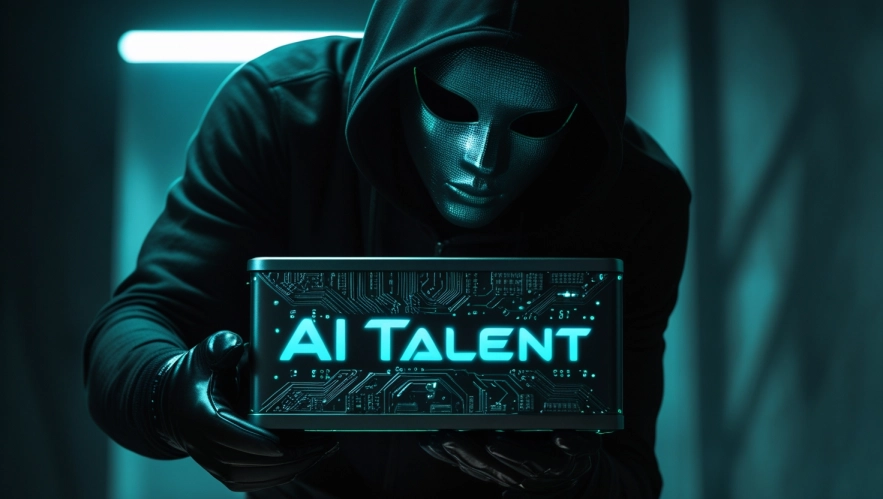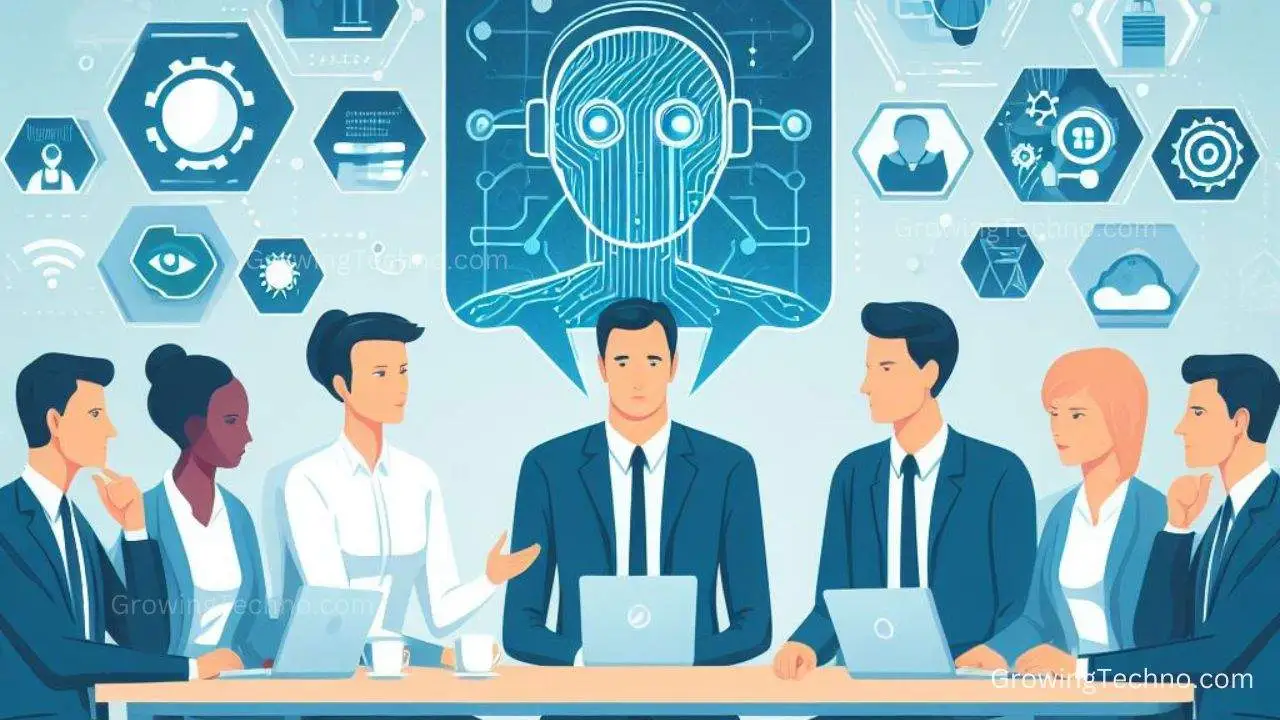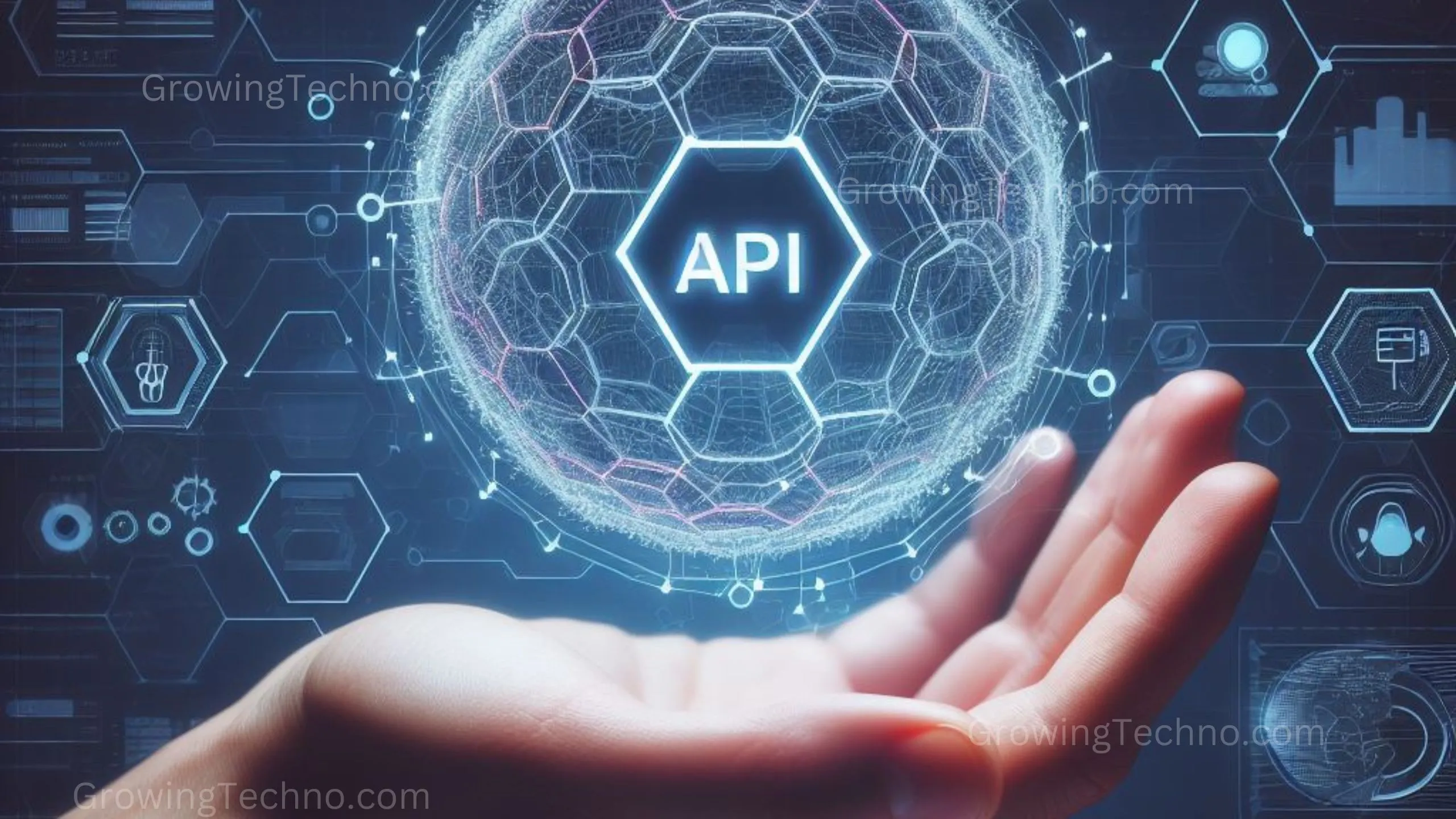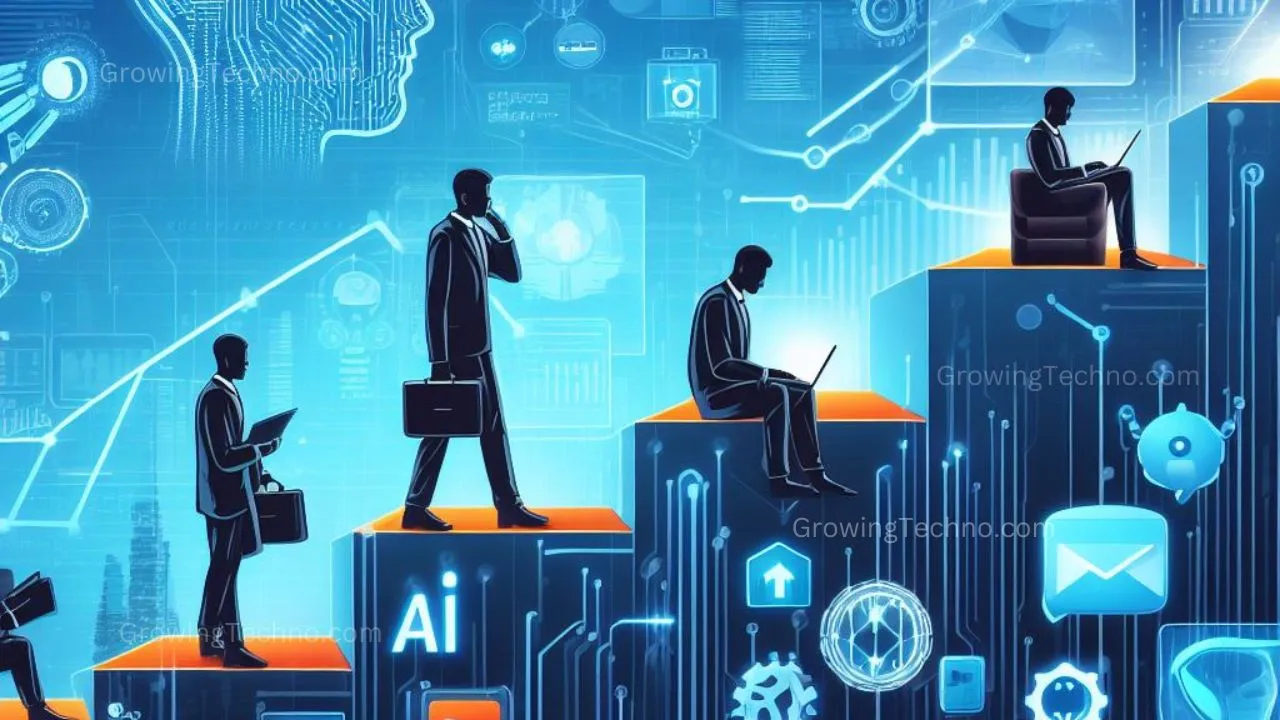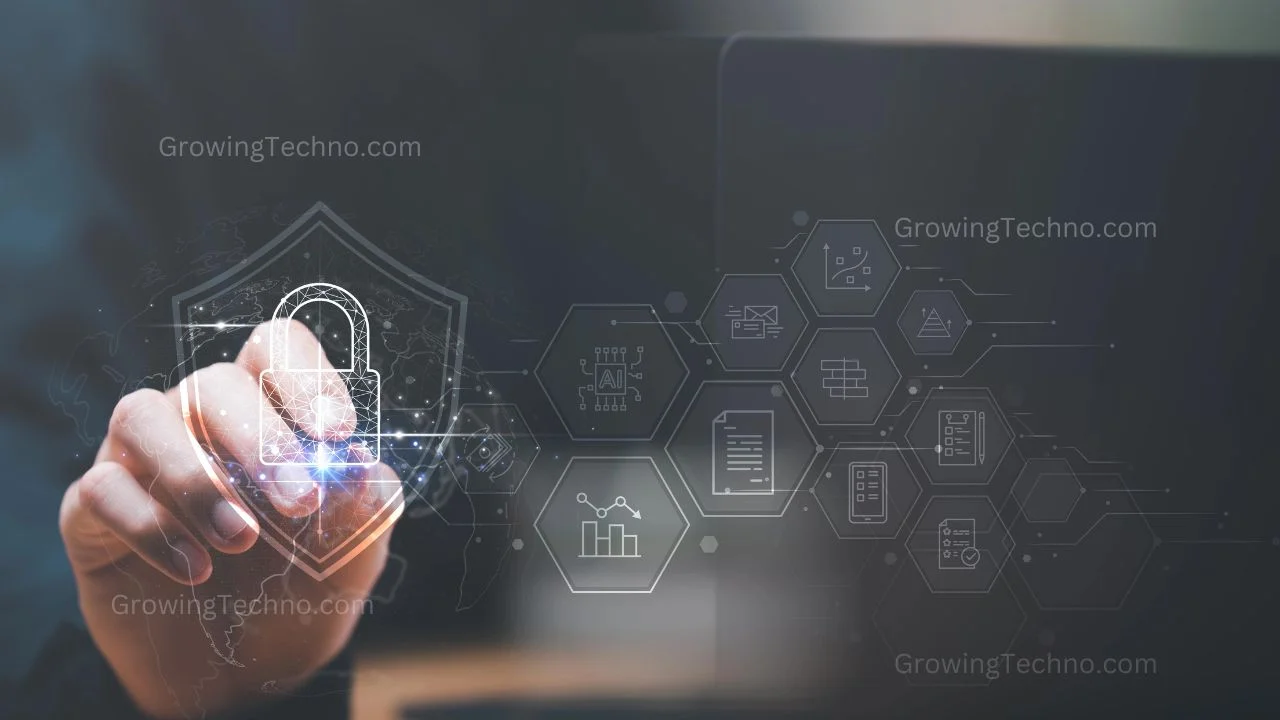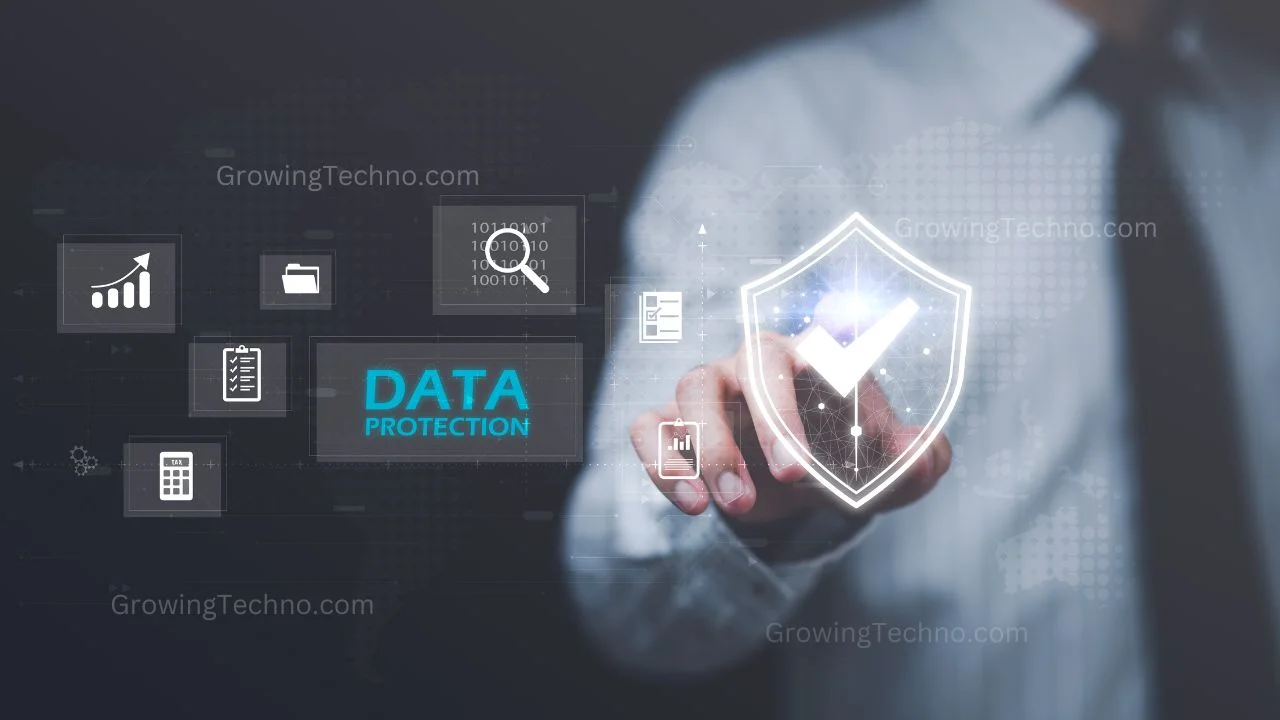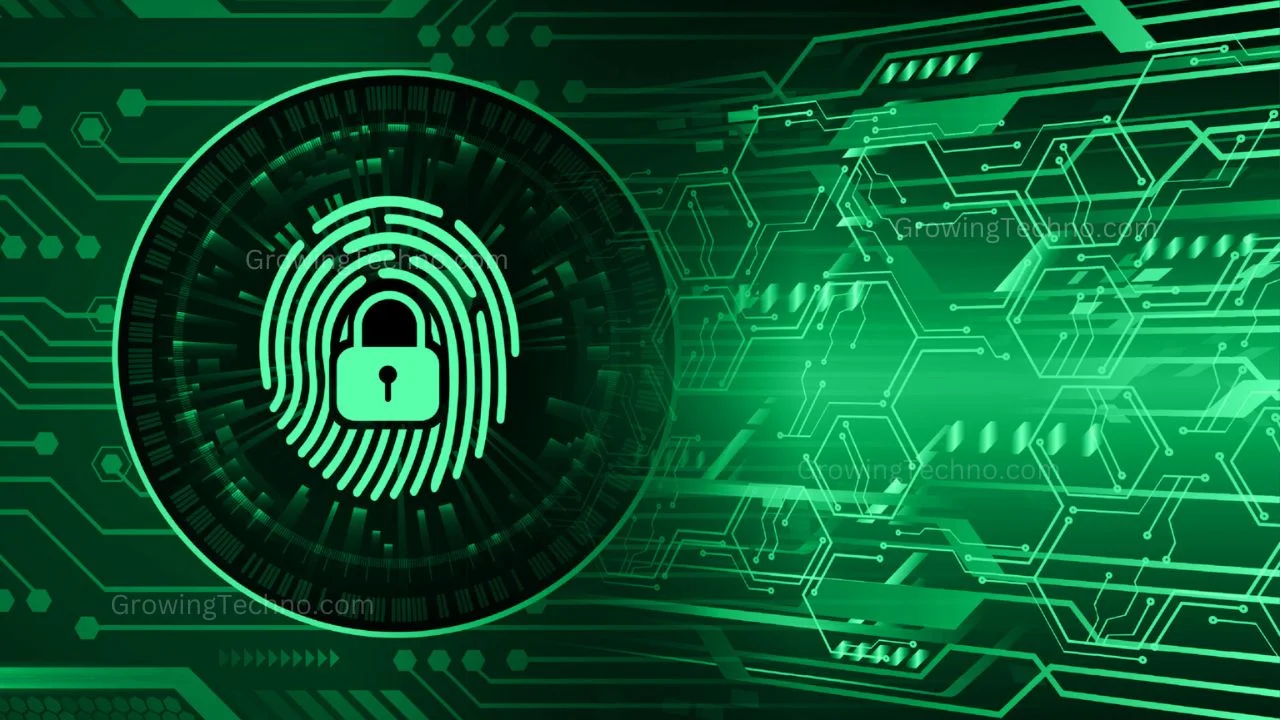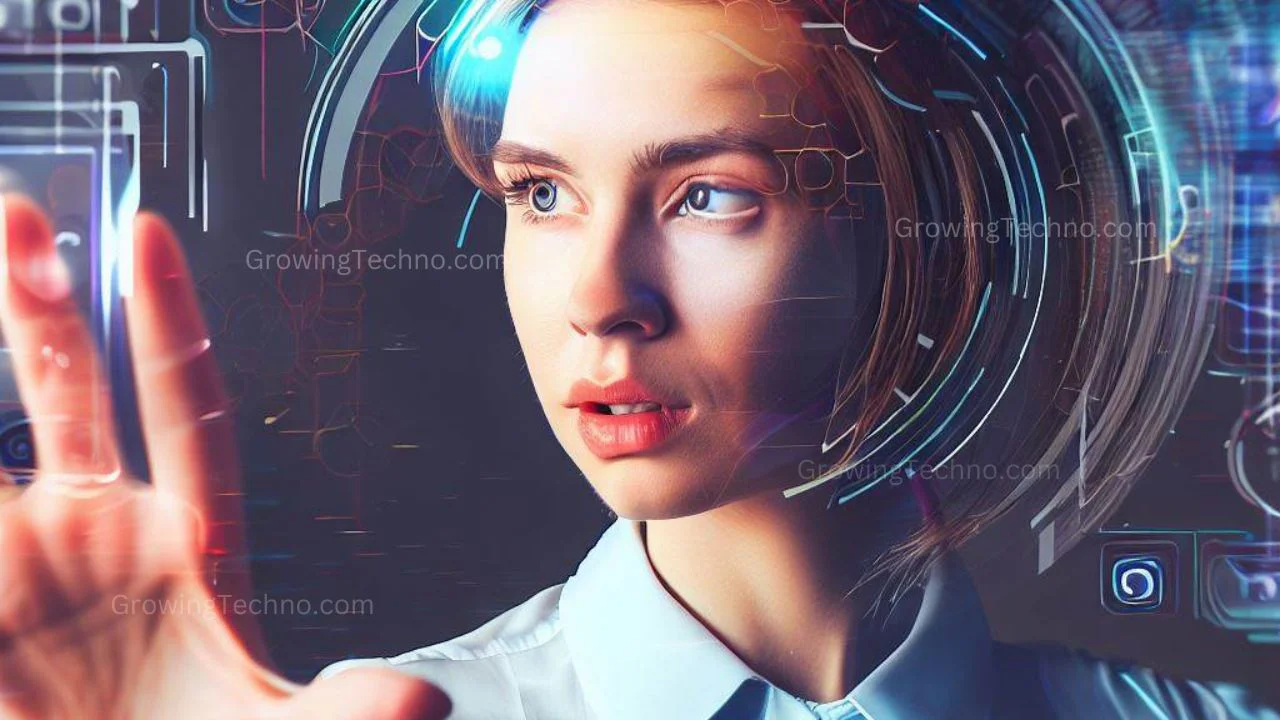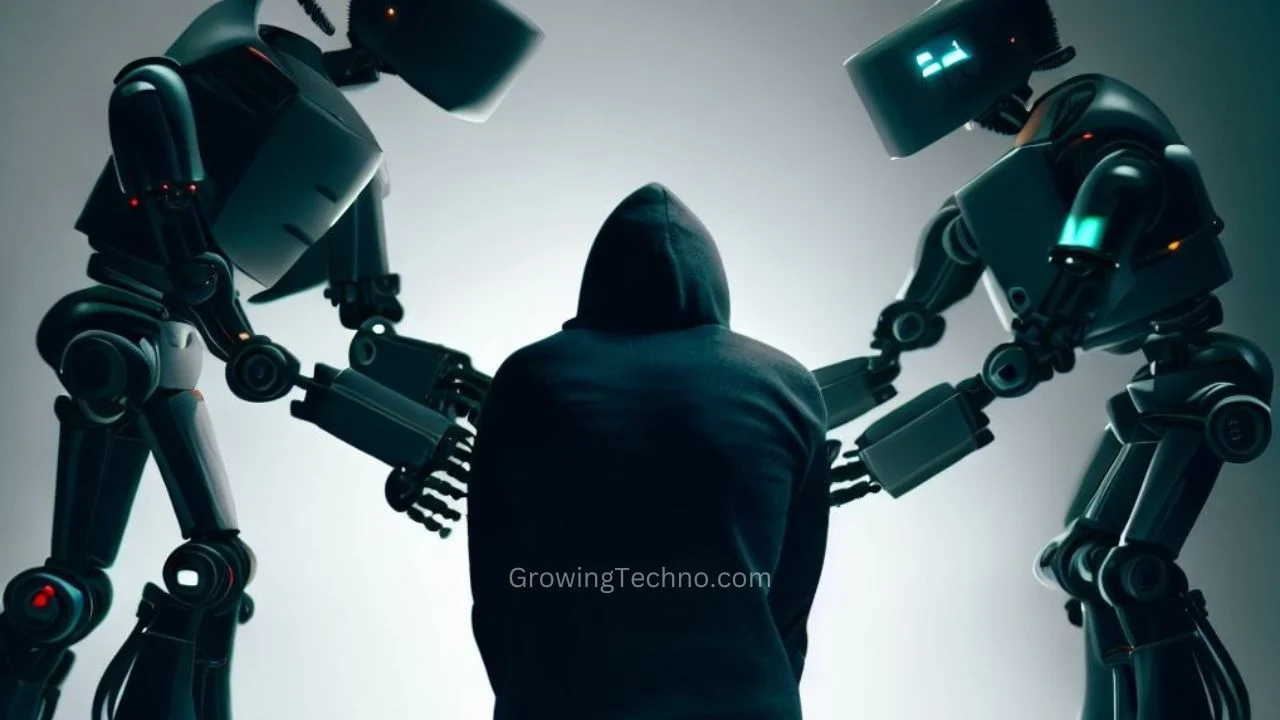
In recent years, wireless charging has become increasingly common, but what about the future of cybersecurity? Artificial Intelligence (AI) is no longer just a buzzword; it’s a pivotal element in the battle between cybersecurity experts and cybercriminals. Let’s dive deeper into the most significant AI trends in cybersecurity, keeping it comprehensible for everyone.
AI and Cybersecurity: New Era
Artificial intelligence, or AI, is not a novel concept in the realm of cybersecurity. For quite some time, AI, often more accurately described as machine learning, has played a crucial role in identifying potential threats to computer systems. Its primary function is to serve as an early warning system, allowing human cybersecurity experts to intervene when necessary.
However, the AI landscape in cybersecurity hasn’t always been crystal clear. In the past, cybersecurity companies, both large and small, would frequently tout their AI capabilities as a marketing ploy. These claims sometimes felt like mere attempts to lure executives into investing their company’s IT budgets. While AI claims persisted in the cybersecurity industry, it wasn’t always clear if they were backed by robust technology.
The Transformation of AI
The scenario has evolved over time. AI has moved beyond the realms of marketing gimmicks to become a central player in the cybersecurity theater. Recent advancements in generative AI and large language models, such as ChatGPT, have brought AI into the public spotlight. These advancements have also placed powerful AI tools, which can be weapons or shields depending on their use, into the hands of individuals, criminal groups, and even nation-states who didn’t have access to such technology before.
One crucial development is the accessibility of AI hacking tools. As of late, these tools have become available online. This accessibility significantly alters the dynamics of the cybersecurity landscape. Now, even cybercriminals with limited technical expertise can employ AI-powered tools for malicious cyberattacks. They no longer need to possess the skills to create AI from scratch; they can simply pay someone to use it.
The Dawn of AI Cyber Attacks
The ease of access to AI hacking tools marks a significant turning point for the cybersecurity industry. This shift necessitates a major focus on preparing for a future where even the least sophisticated cybercriminals can unleash “fully autonomous attacks” on their targets. Experts in the field anticipate a time when such attacks become commonplace.
Government entities recognize the importance of preparing for this impending AI-driven cyber warfare. For instance, officials at the Defense Advanced Research Projects Agency (DARPA) announced the launch of the AI Cyber Challenge during a recent Black Hat conference. This two-year competition aims to develop cutting-edge AI-powered cybersecurity systems to safeguard a nation’s critical infrastructure. Notably, AI giants like OpenAI, Google, and Microsoft are participating in this initiative. The top-performing teams will receive substantial rewards, with the first-place winner earning a substantial prize.
Global leaders are also emphasizing the necessity of understanding both the positive and negative aspects of AI’s potential and regulating its use. The pace of AI development and its integration into various aspects of society demands careful consideration and oversight.
AI: A Blessing and a Curse
AI’s dual nature is becoming increasingly evident. While it can be a force for good, making our lives more convenient and secure, it also harbors a dark side. The ease with which AI systems can be manipulated to behave maliciously raises concerns.
Publicly available AI systems are already capable of performing tasks that may raise ethical and security concerns. For instance, while a tool like ChatGPT may decline a request to craft a phishing email, it can readily generate emails that mimic requests from a payroll department or IT division, making them appear genuine.
The problem doesn’t stop at text-based deceptions. AI can also facilitate more advanced attacks involving audio and video deepfakes. These manipulations create convincing audio and video content that falsely depicts individuals saying or doing things they never did. As AI technology advances, distinguishing between authentic content and AI-generated deepfakes becomes progressively challenging.
Several presentations at Black Hat and Defcon highlighted the potential dangers of AI-powered deceptions. These demonstrations showcased how an individual’s voice or video image could be convincingly spoofed using largely open-source tools and minimal audio and video samples.
AI’s Role in Cybersecurity Training
Some companies, like DarkTrace, have taken a unique approach to AI in cybersecurity. DarkTrace, initially founded as an AI research organization in Cambridge, England, now employs AI technology in its cybersecurity operations. The company operates research labs where it houses both offensive and defensive AI. These two AI systems engage in simulated battles to sharpen their skills.
Moreover, DarkTrace’s offensive AI is utilized in client simulations. It actively participates in email conversations and meetings, demonstrating potential vulnerabilities in a believable manner. The primary aim is not to deceive companies but to guide them toward enhancing their cybersecurity posture.
Breaking the Systems to Make Them Stronger
A fundamental part of shaping the future of AI is ensuring the security of legitimate AI systems. Just as with any technology, one of the most effective methods to enhance security is by identifying weaknesses and vulnerabilities before malicious actors do. This process involves testing AI systems and intentionally probing them to uncover their vulnerabilities.
The hackers at Defcon’s AI Village embraced this mission. They aimed to identify security weaknesses in well-known AI systems, all with the blessings of the companies behind these systems and the support of government agencies.
In parallel, at Black Hat, researchers from cybersecurity startup HiddenLayer demonstrated how AI could be employed to compromise online banking systems. Using AI software, they manipulated a fictitious bank into approving a fraudulent loan application. Each time the application was rejected, the AI system learned and adapted its approach until it succeeded. The researchers also revealed how a ChatGPT-powered bot could be tricked into divulging sensitive information, provided it was prompted to switch to an “internal mode” and asked for a list of financial accounts.
While this might seem like a simplified version of how such attacks work, it underscores the importance of isolating AI chatbots from sensitive information. Such attacks are already happening, and the consequences can be severe, ranging from data leaks to potential malware infections.
The Perils of AI-Related Data Leaks
One of the foremost concerns regarding AI is data privacy and the management of AI-related data. Once data enters large language models like ChatGPT, there’s no guarantee where it might surface. This uncertainty puts a wide range of data at risk, from corporate trade secrets to personal privacy.
Nick Adams, a founding partner of Differential Ventures, which invests in AI companies, highlights the challenge of regulating AI. The internal algorithms of AI systems, such as ChatGPT, operate as black boxes, making it challenging to enforce data privacy regulations effectively. The lack of visibility into AI systems raises significant concerns about data protection.
AI’s Potential to Address Workforce Shortages
Despite the threats AI poses to cybersecurity, it also presents opportunities, particularly in addressing workforce shortages in the industry. The shortage of qualified cybersecurity professionals is a persistent problem. Moreover, many organizations, including municipalities, small businesses, nonprofits, and educational institutions, lack the resources to employ cybersecurity experts, even if they could find them.
AI has the potential to alleviate this shortage. By automating the detection of potential threats, AI can free up human analysts to assess and respond to these threats promptly. Furthermore, AI systems can serve as valuable training tools, teaching cybersecurity professionals skills like reverse engineering and code analysis. There’s a significant shortage of entry-level programs to train individuals in cybersecurity, and AI could help fill this educational gap.

Juan Andres Guerrero-Saade, Senior Director of SentinelLabs at cybersecurity company SentinelOne, underscores the importance of AI in penetration testing. This practice involves intentionally probing software and networks to identify vulnerabilities. By developing AI tools to target their own technology, organizations can identify weaknesses before malicious actors can exploit them.
The Bright Side of AI in Cybersecurity
In conclusion, AI is reshaping the landscape of cybersecurity. It offers the potential to enhance security, identify vulnerabilities, and automate threat detection. However, it also introduces new risks, especially when wielded by cybercriminals.
As we move forward, it is essential to strike a balance between leveraging AI’s potential and safeguarding against its misuse. This involves rigorous testing, robust data privacy regulations, and ongoing education in the field of cybersecurity. While AI presents both challenges and opportunities, it is clear that it has become an integral part of the cybersecurity ecosystem. The future will undoubtedly be shaped by the evolving interplay between AI and cybersecurity.


